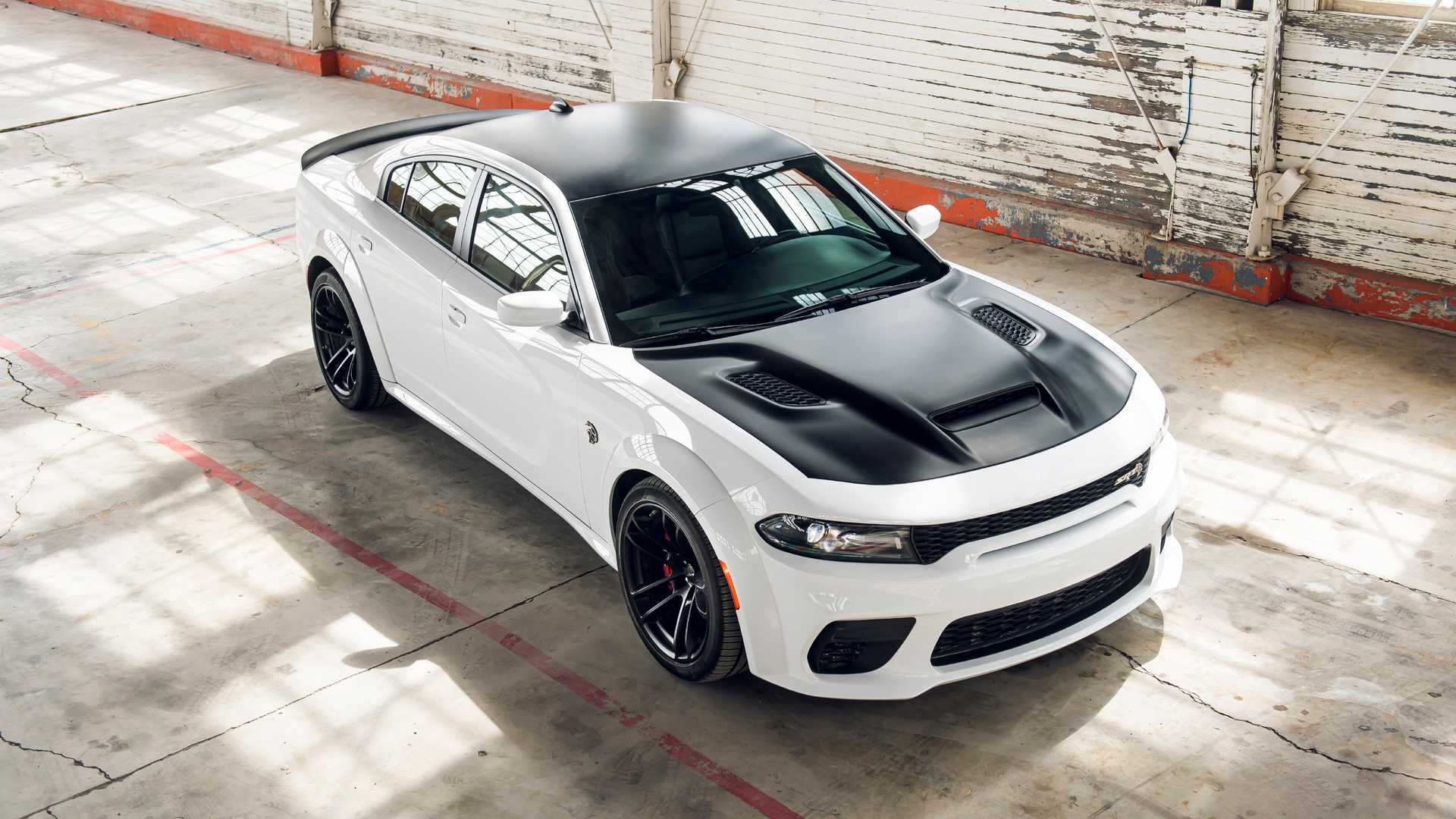Making EVs isn’t like building ICE vehicles.
In February, a story came out claiming that Stallantis was disbanding the Street & Racing Technology division (better known as SRT). A new Autoweek interview with Tim Kuniskis, Dodge boss and interim Chrysler brand CEO, spins this news in a slightly more positive light. Without reorganizing things, there is no way for SRT to continue, according to the exec.
“We took this core group of people that were sitting in one building where guys were working on TRX in one area, and Rubicon 392 in another area, and Chargers and Challengers in another area, and sent the TRX group to work with the Ram engineers, the Rubicon 392 group to work with the Wrangler engineers and so on,” Kuniskis told Autoweek.
Gallery: 2021 Dodge Charger SRT Hellcat Redeye
Currently and for decades prior, automakers have been able to engineer a base model as a starting point. After completing it, a crew like SRT took over and built a high-performance version of that product.
According to Kuniskis, this tried-and-true strategy doesn’t work with EVs because there is less room for powertrain modification. “With the electrification it would be very, very difficult to do make an SRT version after the fact because of constraints with things like a fixed battery pack size and shape, kilowatts per hour, the battery chemistry, and center of gravity,” he said.
It’s worth noting that despite reorganizing the SRT team the branding is sticking around. You’re still going to see the three letters on performance products from Dodge, Ram, and Jeep vehicles.
SRT is keeping the fun rolling from combustion vehicles going while it’s possible. For example, Dodge just extended Durango SRT Hellcat production to ensure that everyone with a sold order was able to get their 710-horsepower muscle machine.
Source:
Autoweek
Source: Read Full Article







